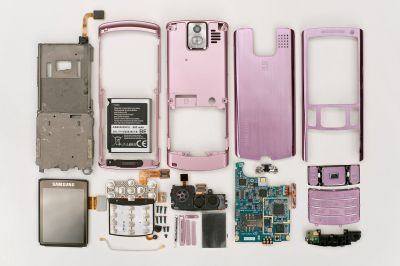Use and reuse of mobile phones

SGH U800 (disassembled)
By Medvedev (Own work) [CC BY-SA 3.0 (http://creativecommons.org/licenses/by-sa/3.0)], via Wikimedia Commons
An EU team modelled factors affecting the life cycle of mobile phones. Utilising Israeli householder data, the study examined the linked economic and environmental effects of four types of industry-player companies.
Increasingly often, electronic products are discarded while still having
some functional or materials value. Sustainable recycling supply loops
are feasible and promising, yet they remain uncommon.
The EU-funded EOUNETWORKS (Product end-of-use management networks) project investigated the reasons. The study aimed to determine how networks of product end-of-use agents form and respond to market conditions, focusing on electronic waste and mobile phones.
Using agent-based modelling tools, the team examined environmental and economic performance patterns of each agent. Research also addressed the general dynamics of the network/market. The undertaking ran for four years to September 2009.
The study examined the flow of mobile phones through the system, and the roles of four agents: manufacturers, consumers, recyclers and refurbishers. Work began with careful study of each agent in terms of operations and typical decision making. Such definitions were built into a model ontology, used to simulate economic and environmental performance of each agent and the system overall.
Researchers examined the effect of extended producer responsibility, and a business strategy not recommended for reuse industries. The model was extended to include Israeli data about consumers and other agents. Project members surveyed the amount of electronic waste in Israel and the proportion stored in homes. Residents were also questioned about how much they would be willing to pay for the waste's disposal. Such data were incorporated into the project's extended model.
EOUNETWORKS advanced research into electronic waste recycling. The information was valuable for revision of end-of-use regulations, and for companies seeking to work within them.
published: 2015-09-09

